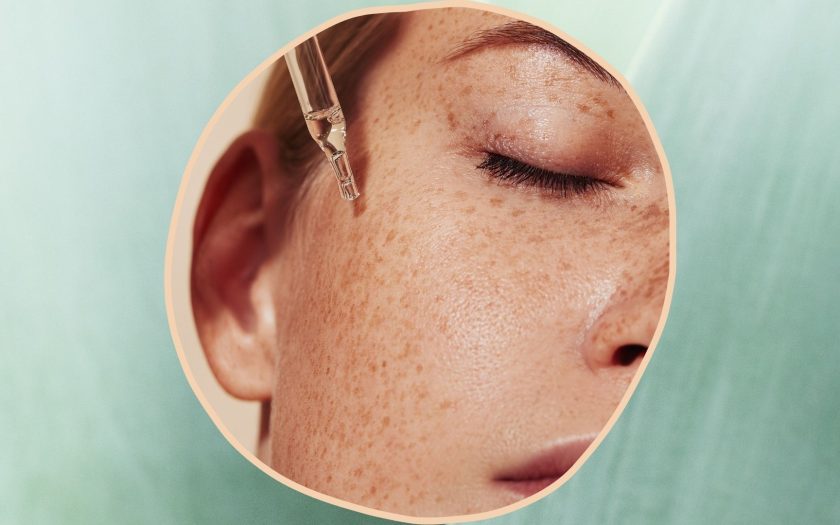-
Eat green salads.
Eating green salads is not only delicious but also beneficial for the skin, especially in spring when it is crucial to support its health. Green leafy vegetables, such as spinach, arugula, or dill, promote skin regeneration, improve its elasticity, and reduce the risk of dark spots. They are rich in folic acid, which helps cell renewal, allowing the skin to recover more quickly from sun exposure. Additionally, fiber found in green vegetables improves metabolism and removes toxins, positively impacting overall skin health. Including more salads in your diet in spring will provide essential nutrients and help protect your skin.
-
Pay enough attention to skin cleansing.
After winter, the skin needs a deep but gentle cleansing to get rid of accumulated impurities and excess sebum. If this is not done, the pores can become clogged, which provokes inflammation and increased pigmentation. Therefore, it is worth choosing products according to your skin type to have an even skin tone and healthy appearance. In addition, it is important not only to choose the right product, but also to follow a regular cleansing routine. Also, don’t forget the importance of moisturizing after cleansing: use toners and creams that restore moisture. With proper cleansing, your skin will look fresh, healthy and even, and age spots will become less visible.
-
Reduce stress levels.
Stress weakens the immune system, slowing down the healing and regeneration processes of the skin, which may aggravate existing skin concerns. To reduce pigmentation, it is essential to manage stress effectively. Yoga, meditation, outdoor walks, and physical exercise are excellent ways to lower anxiety and tension. Therefore, with the arrival of spring, try to dedicate as much time as possible to walks and meditation, which can be done outdoors. This will help reduce anxiety levels, which, as studies show, tend to increase after the winter period.
-
Perform facial exercises.
Facial exercises are not only an effective method for maintaining skin firmness but also an excellent way to improve its tone and reduce the appearance of pigmentation spots. Regularly performing specific exercises stimulates blood circulation, which helps deliver more oxygen and nutrients to the cells. As a result, dark spots gradually become less noticeable. Additionally, exercises targeting the muscles of the forehead, cheeks, and around the eyes help combat not only pigmentation but also fine lines and loss of skin tone. To achieve the desired effect, perform facial exercises daily — just 5-10 minutes in the morning or evening. Combining gymnastics, proper skincare, and sun protection will help you significantly improve your skin condition. Choose special creams such as Lumacip Plus and Melanorm Cream; they will help reduce the appearance of pigmentation spots and improve the condition of your skin.
-
Use thermal water.
Thermal water is packed with natural minerals that possess antioxidant properties, reduce inflammation, and deeply hydrate even the driest areas of your skin. Additionally, this product is perfect for balancing your skin’s pH, especially in spring when skin tends to be more sensitive and requires extra hydration. When heading outside, carry thermal water with you and spray it onto your face to help reduce redness and irritation caused by sudden weather changes. Thermal water is also great for setting makeup, giving your skin a fresh look and preventing dryness, which can often trigger the appearance of dark spots. Thanks to its soothing properties, regular use of thermal water can also improve the condition of existing pigmentation, making it less noticeable over time.

